Crab Island
Crab Island
Crab Island is an underwater boating and party island located on the Northside of the Destin bridge, approximately 5 minutes away from our docks. As you cross the Destin bridge, from April to October you will see anywhere from 10 to 200 boats anchored in the bay. This is where everyone anchors up to spend the day on the water. Crab Island depth can range from 2 to 10 feet deep, depending on where you anchor. Better get there early, otherwise, you could not find a good/safe spot to anchor.
Why is Crab Island’s water sometimes gorgeous blue & other times brown?
Click HERE to view the tide chart for Destin, Florida
You may also check the NOAA's Tide Chart HERE
The best time to visit Crab Island is during high tide. The water can be turquoise at times. To find out when high tide is, we recommend checking out NOAA’s Tide Chart. You will experience the clear water about an hour before high tide and about 2 hours after high tide. The reason why it’s so pretty is it’s bringing clear water from the Gulf of Mexico into the Choctawhatchee Bay (which is where Crab Island is located). The months with the best times for high tide are May and June. As summer approaches the fall, the number of days/month in which the high tide occurs at a good time lessens. From about October to mid-March, all high tides occur at night.
If our area has had a lot of rain, then our Bay water (including Crab Island) can look like Sweet Tea. Sometimes, if it rains in Alabama or the north part of Okaloosa County, it could take up to two weeks for the runoff from the rivers in Alabama to get into our waterways. The brackish water will be less salty. The brown is the tannins from the pine trees upstream. It is harmless, but not so pretty.
Is Crab Island Safe?
There are areas of Crab Island that are safe. These areas include the middle, North and West side of Crab Island. Only problem with being in the middle during a busy day, it might be difficult for you to leave Crab Island as there could be a lot of boats around you. If this is the case, we recommend walking your boat around these vessels to where you can then hop back into your boat and start it and leave. Please do not put yourself in danger by walking your boat into the deeper waters.
The areas that can be dangerous during outgoing tide (means after high tide) are the East and South sides of Crab Island. A combination of sloping sand on the edge of Crab Island and the rushing waters of the outgoing tide can literally pull you into the water and you could drown. People can approach these drop-offs and then realize they are now in deep waters. With the outgoing tide, you can have the water pushing on your back and you can lean your back into the water and think you're ok. But once you turn around and try to walk back toward Crab Island, you have no way to dig your feet in. As soon as you lean into the water, the current flowing toward you will lift your feet off of the bottom and the current will push you into even deeper water, away from Crab Island. The speed of the current can be too much for you to overcome. A good recommendation is to not walk in the water that is deeper than your hips anytime you’re on eastern side and the southern side of Crab Island. The tides that cross Crab Island can overpower swimmers. This is typically due to when they panic, start to struggle, and then end up drowning after tiring out.
- If your float or water noodle gets taken away towards the edge of Crab Island due to the current, we recommend letting it float off (someone will pick it up), as it could also be you that get pulled off Crab Island right after your float.
- We recommend you keep a close eye on all kids. People who are not strong swimmers, we even recommend wearing a life jacket. Parents/adults should not let young children be more than a couple steps away. Keep in mind, boats can move pretty fast in the crowds and inexperienced boaters sometimes react incorrectly and you’ll have to react to a dangerous situation.
The Safest way to move your boat onto Crab Island is to circle the groups of boats from a distance. Then find a clear pathway to move your boat through to get toward the spot you are looking to go to. On your way to the spot you are trying to get to, once it’s a safe depth, you can safely jump out of the boat (with your engine tilted slightly and off), you can then pull it to the spot you want to anchor. If the current is strong, it could be more difficult and then we recommend being on the North or West side of Crab Island. Make sure your anchor is set properly to handle the currents & you have plenty of swinging room from other boats anchored near you.
Check the movement of the water as you approach Crab Island. Use the water's movement to your advantage. For example, if it's an outgoing tide and the water is flowing west to east across Crab Island, motor around to the west side of the Island, get to shallow water, and position yourself so when you shut the motor off and walk the boat into the group that the flow of the tide helps push you.
The safest way to leave Crab Island is to walk your boat through the group of boats until you get to where you have enough space to jump in the boat and motor away, without putting other boats, yourself, or other people in the water at risk. Be sure to never walk your boat out, while you are approaching the deeper waters.
Are there vendors out on Crab Island?
Floating Restaurants & Mobile Vendors
- There are floating restaurants, such as Crab Island Sandbar or Reef Burger at Crab Island that offer amazing burgers and more.
There are mobile boat vendors that come to you such as:
- Wild Coconuts that sell freshly cut coconuts & pineapples
- Jimmy’s Ice Cream & T-shirts that sell the famous boiled peanuts & ice cream.
- And more!
Crab Island actually is always open. It’s a sandbar, so boats anchor out there year-round.
- Spring Break (March/April), we do get people wanting to go to Crab Island, but the vendors aren’t typically out there and the water is typically chilly initially. Boats do anchor and just enjoy Crab Island in its natural state.
- The Peak season for Crab Island is during the summertime (May, June, July, August).
- Fall (Sept/Oct), there typically still are vendors out on Crab Island. Some vendors may start pulling their barges out.
- Winter (Nov, Dec, Jan, Feb). There are no vendors.
Are there bathrooms?
There are no bathrooms on Crab Island. There are restaurants you can patronage at and you have their restrooms on land. Also, there are public boat launches and public parks that have restrooms. You would be able to use them as long as you can access a dock.
Jellyfish
Towards the end of July, jellyfish tend to arrive. They tend to come to Crab Island during high tide, if they are around.
On the water remedies are:
- Pour vinegar directly onto the sting to avoid rubbing it. Sea water & lemon juice can work, if you don’t have vinegar. By using sea water, & meat tenderizer (or worst case sea water & sand), you can make a ‘paste’ that you can apply.
- Once you get home, you can try applying hydrocortisone cream or over the counter oral antihistamine (such as Benadryl) to help with the swelling and itching.
- If you have a serious reaction to the jellyfish sting, such as severe pain and swelling, difficulty swallowing, or difficulty breathing, please contact EMS immediately.
- If they're the small (about a ping-pong ball size), near clear jellyfish, they don't have much of a "sting" at all.
June Grass
It’s not grass, it’s an algae, also known as Cladophora. It was called June Grass, because it usually appears during the month of June. It’s part of our ecosystem and as it provides a food source for birds, crabs, dune mice, and many other animals. June Grass has no relation to red tide. June Grass can be found throughout the summer months. There is no way to predict when it comes and how long it could last. June Grass smells awful since it just accumulates on the shore and it rots in the sun.


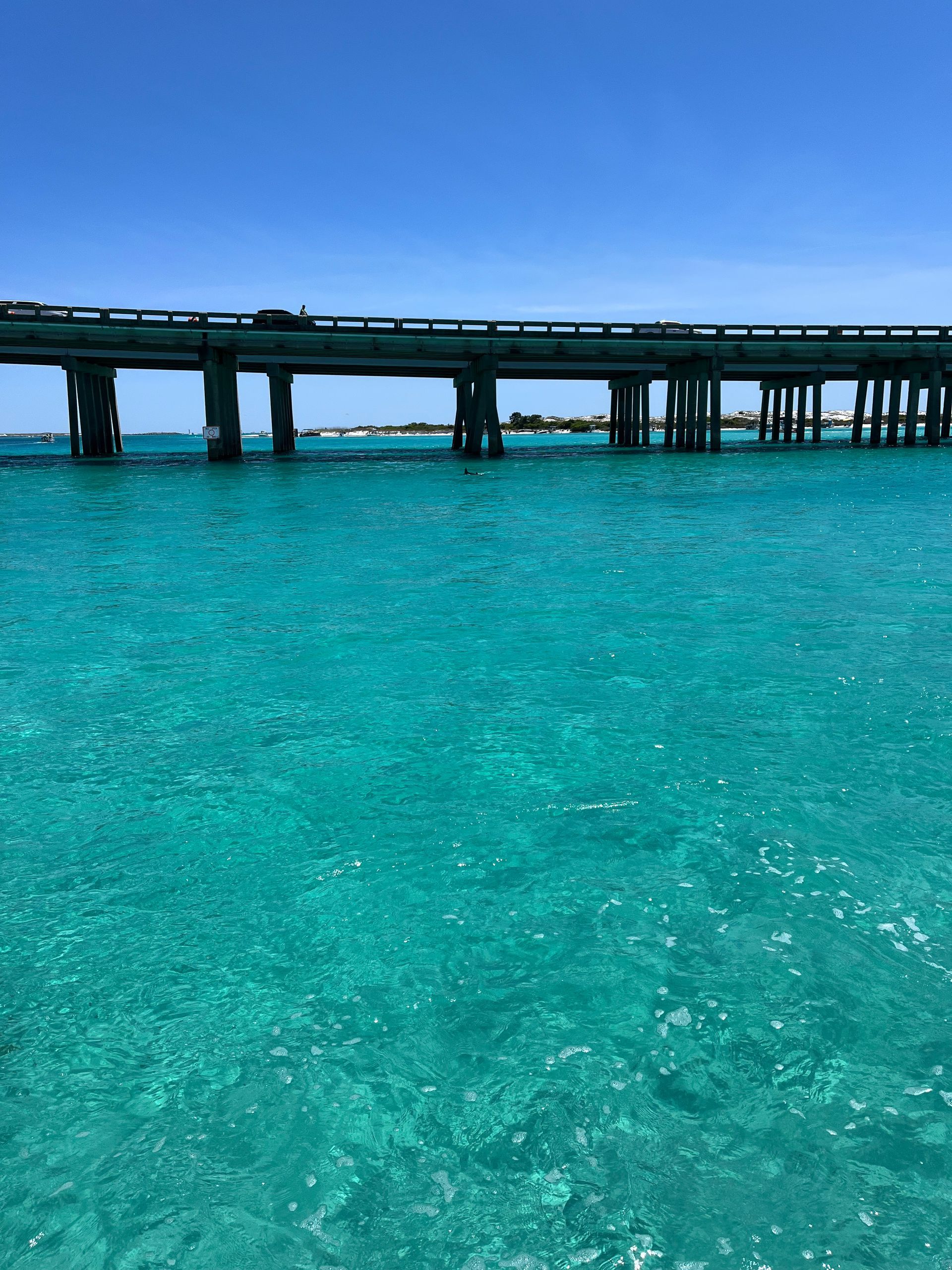
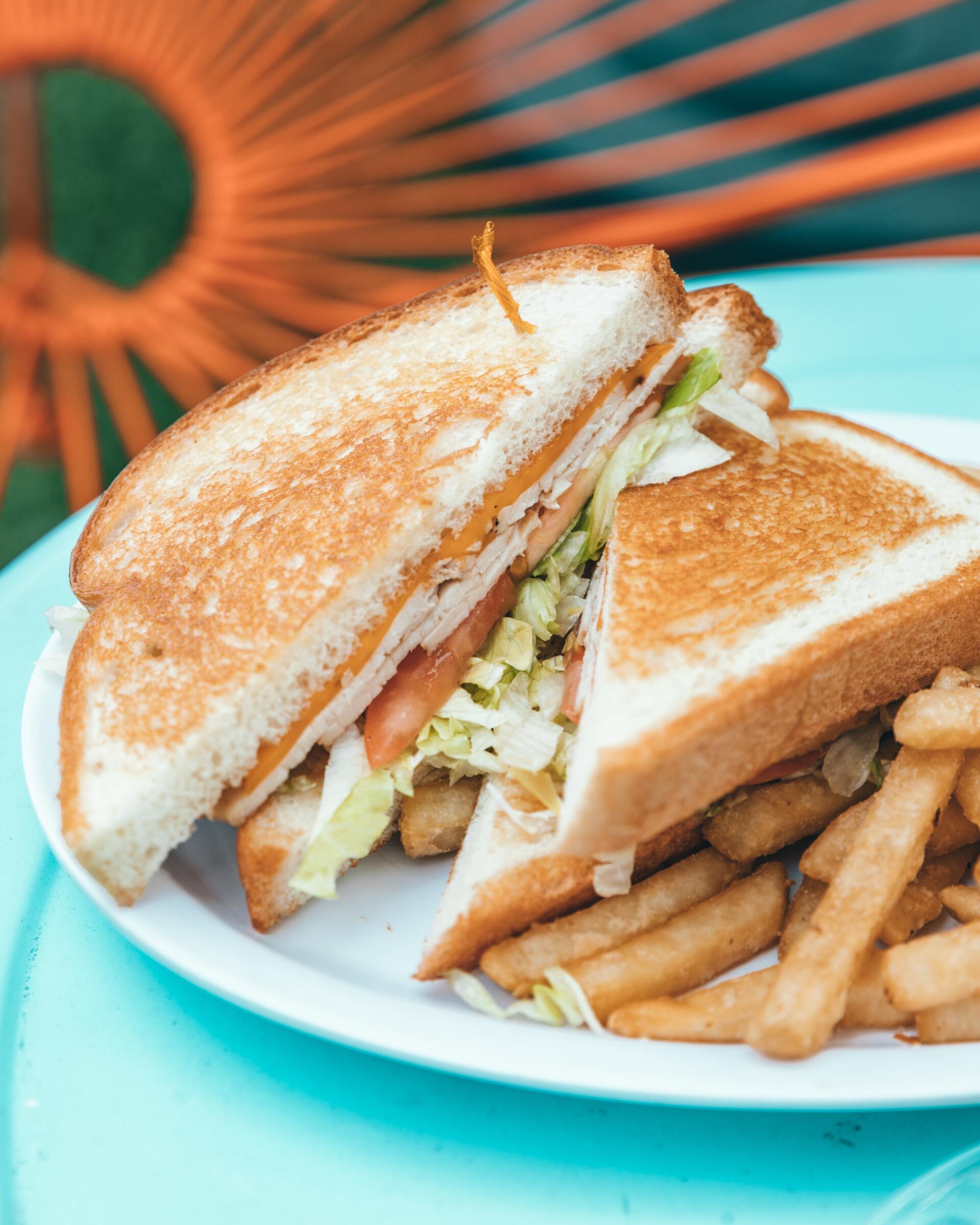

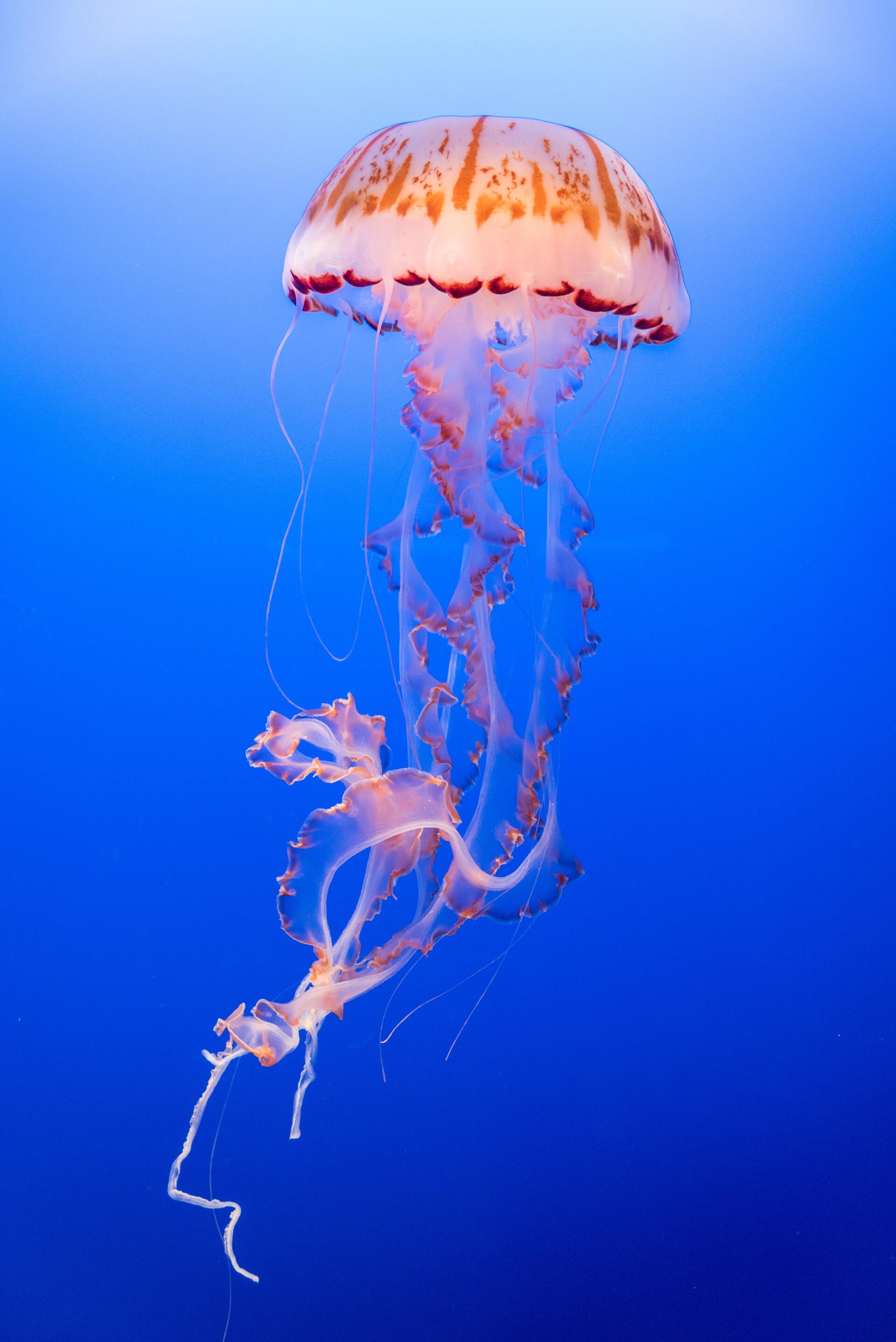
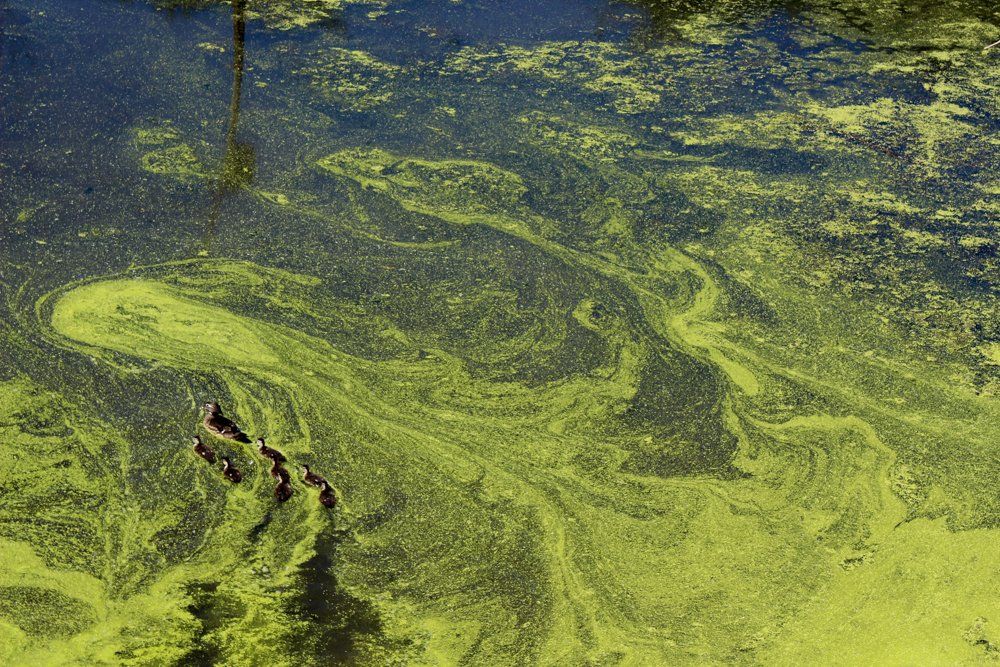
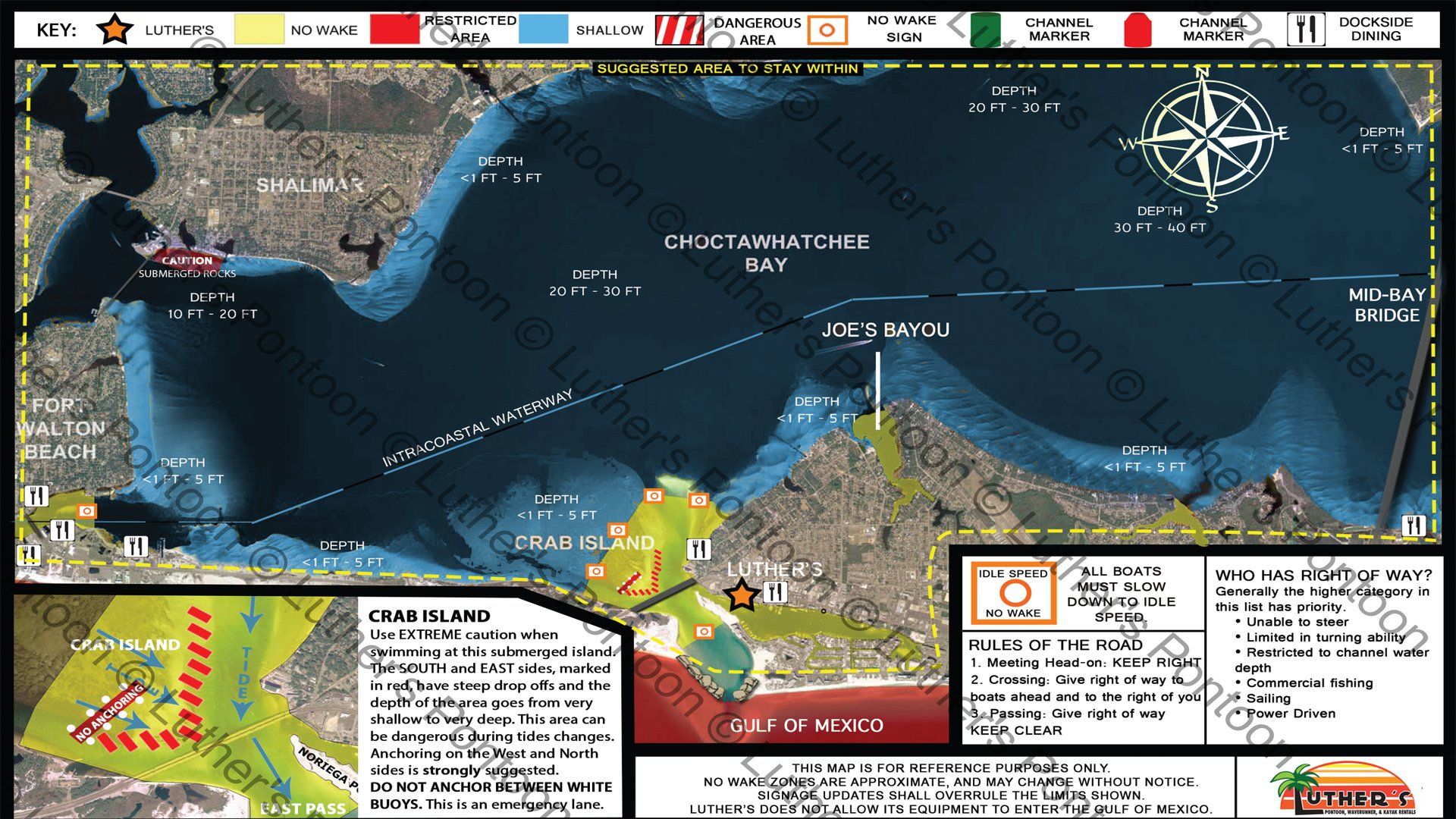


 by
by